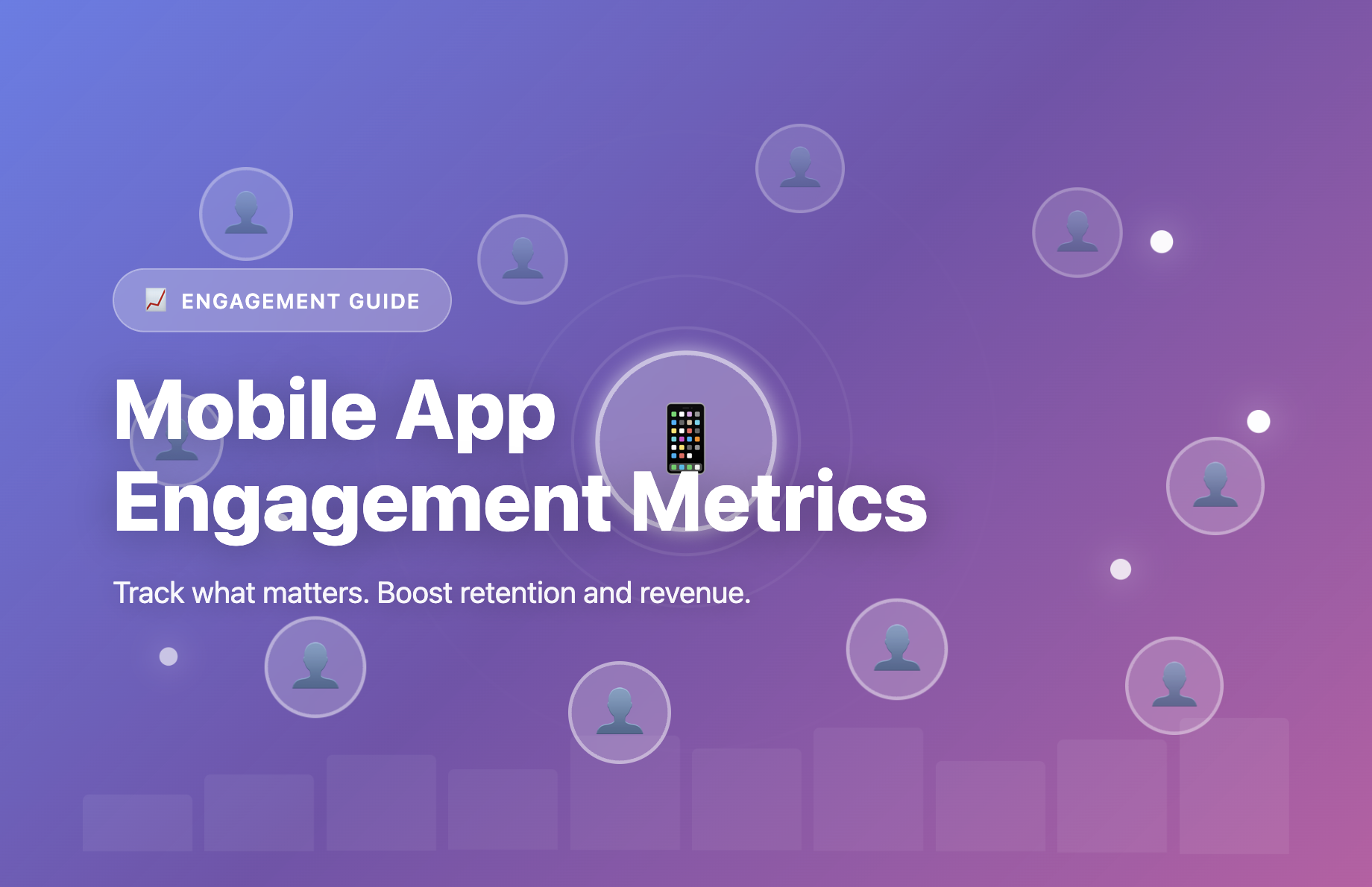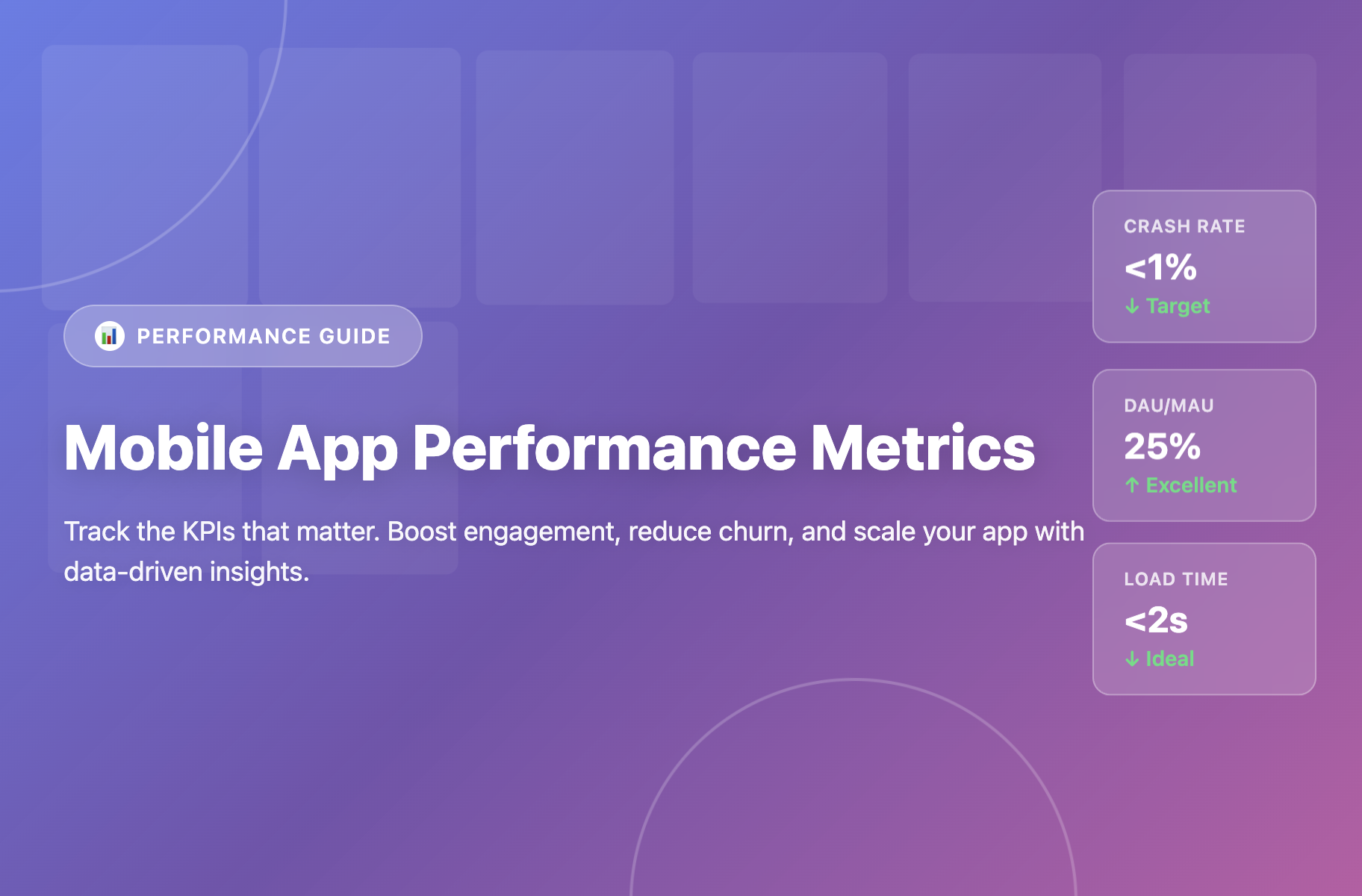We use cookies to ensure you get the best experience on our website. For more details, refer to our cookie policy and privacy policy.
December 2, 2024
5
minutes
Nudges in E-Commerce Apps: A Guide to Increase Conversions
Explore few important use cases for nudges, designed to guide users at different stages of their journey within the e-commerce app.

In the last decade, the rise of e-commerce apps has flooded users with choices. These apps are now overloaded with features, making it challenging for consumers to connect and learn about them.
Nudges in e-commerce apps can help solve a variety of use cases:
- Personalised onboarding via education
- Driving new feature adoption
- Showcasing new offers, limited time deals, etc
The above use cases can be satisfied by implementing nudges that boost the overall in-app engagement and LTV for e-commerce apps.
We cover a comprehensive list of use cases for different forms of nudges that can be implemented in e-commerce apps throughout various stages of the user journey.
Improving user activation
Improving user activation in e-commerce apps is crucial for increasing user engagement and driving more sales.
Strategically placed at key touch-points, these nudges offer step-by-step instructions, highlight benefits, and provide personalized onboarding. This streamlines the user onboarding process and accelerates user activation.
EazyDiner uses carousel screens for onboarding
This carousel screen appears as an onboarding flow to introduce new users to the app and reduce this drop-off. It reiterates EazyDiner’s core value proposition when a user first downloads the app by maintaining their expectation and motivating them to continue to explore your app.

Flipkart uses coachmarks to activate its new users
Flipkart provides an excellent example of this strategy by incorporating coachmarks that educate new users on where to use different features of the app. By doing so, Flipkart ensures that users are aware of these features, leading to quick activation.

Enhancing user engagement
Nudges enhance user engagement in several ways, as they provide direct and targeted communication with users while they are actively using the app. When used strategically and thoughtfully, nudges can significantly enhance user engagement, leading to improved retention and overall app success.
Myntra uses tooltips to highlight Studio, its engagement page
Myntra Studio is a personalized content platform that is meant to not only entertain you with exclusive content but also inform and inspire you. In the example shown below, Myntra is using a basic tooltip to highlight the Studio page to drive user engagement.

Blinkit uses PiP videos to share new deals
To introduce daily active users to new deals (of that particular day), Blinkit created an engaging video that was shared with its user base. While the video is playing, users still have access to the screen and can move it around, expand it, or dismiss it as they please.

Boosting feature adoption
Boosting feature adoption using nudges can be a highly effective strategy to engage and guide users to explore and utilize new features within your application.
By understanding user preferences and needs, you can send personalized nudges that resonate with different user groups, increasing the chances of feature adoption.
Flipkart uses a nudge to increase feature adoption of its Brand Mall
Flipkart’s Brand Mall aims to help users find products from popular brands at discounted prices. The Brand Mall mode can be activated by tapping on the toggle at the top left section of the Flipkart app’s homepage. In the example shown below, Flipkart is using a tooltip followed by a bottom sheet to let its users know about the brand mall, thus boosting the feature adoption of its users on the home screen.

Driving conversions
There are multiple ways you can nudge your users to complete the purchase process, using nudges. It can be used to remind users about items left in their shopping carts and provide incentives like discounts or free shipping, encouraging them to complete the purchase.
Tokopedia uses a nudge to improve monetisation
Tokopedia, an Indonesian e-commerce company, runs a floating action button to promote discounts, sales and other kinds of offers.This floater is non-intrusive and doesn't disturb the checkout flow at all.
.gif)
MakeMyTrip uses real-time offers to convert users
To nudge more users to make that booking, MakeMyTrip shows them offers and coupons in real time. These nudges are only targeted towards those users who’ve visited the checkout page, perhaps multiple times, and yet haven’t made a purchase.

Myntra nudges its users to check out the items they’ve added to their carts.
Myntra nudges users who have items in their carts but haven't completed the purchase. The message contains a friendly reminder about the items left behind and a call to action to continue with the checkout process.
By strategically implementing these messages and continuously analyzing their impact, Myntra is improving conversion rates and enhancing the user's shopping experience.

Why can’t e-commerce apps build these nudges in-house?
Engineering bandwidth is limited
The demands on engineering teams are high, as they are typically responsible for core product development, bug fixes, infrastructure maintenance, and other critical tasks.
This scarcity of engineering bandwidth can hinder the timely implementation of contextual nudges, slowing down the progress and impact of your in-app engagement initiatives.
Experimenting with multiple flows is a challenge
Testing different nudges to determine their impact on key metrics is crucial. For example, you may experiment with a subtle nudge to display discounts if the user is not proceeding to checkout in an e-commerce app.
If not, you need to explore alternative approaches. But time constraints may limit the ability to test multiple flows.
Real-time deployment is difficult
Configuring nudges in real-time requires significant technical effort to ensure that they are delivered at the right moment, to the right users, and with the right content.
Managing this process internally often poses challenges in terms of technical implementation, scalability, and timely adjustments.
Plotline helps growth and marketing teams in e-commerce companies build nudges in a no-code manner
Plotline's no-code in-app engagement platform enables you to deploy nudges without writing a single line of code within 15 minutes. It can help satisfy multiple use cases and deliver amazing user experiences from an e-commerce perspective.
We provide powerful event-based targeting and user segmentation to help the right user take the right action at the right time.
If you're interested in learning more about how nudges can help you drive activation, adoption, retention, and monetization metrics, start a free trial with us.
Happy Nudging!
Sign up for our newsletter
Thank you! Your submission has been received!
Oops! Something went wrong while submitting the form.
Improve app adoption with Plotline
Join companies like Zepto, Meesho, Upstox and others that use Plotline to test and launch app experiences and boost activation, retention and monetization.
.png)


%201.svg)

%201.svg)
%201.svg)
.jpg)


.png)

